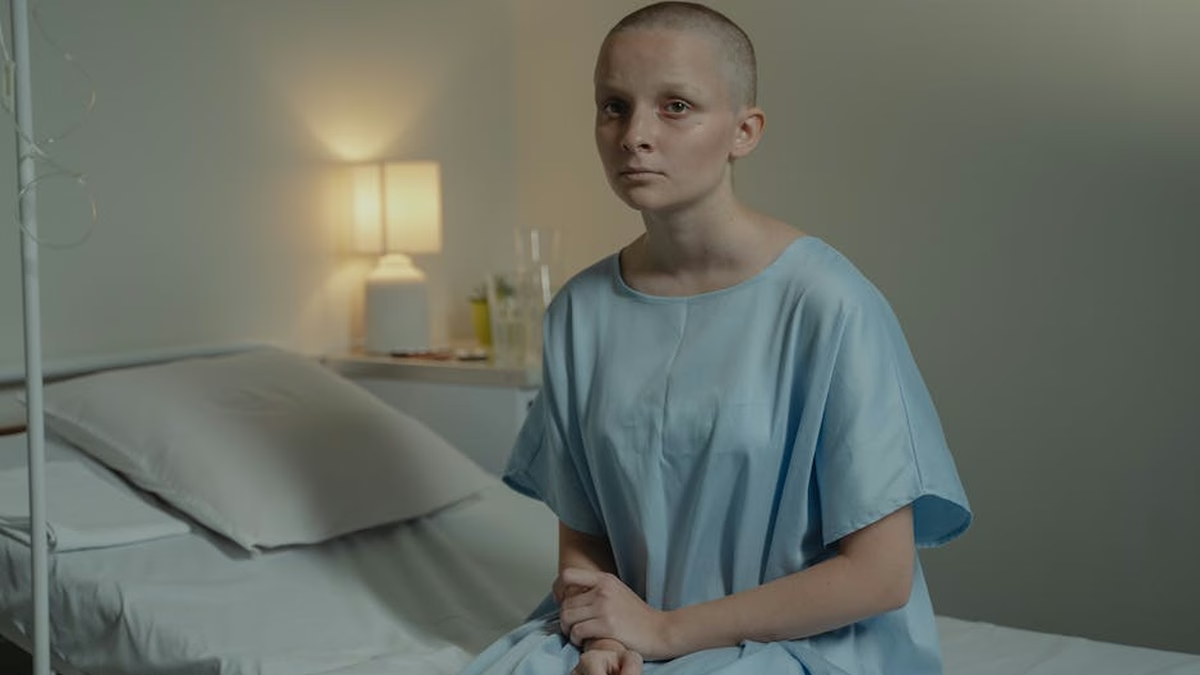SAD Therapy: Light & Mindfulness
Winter’s arrival often brings with it not just colder weather, but also a shift in mood for many. This isn’t just a case of the ‘winter blues’; it could be Seasonal Affective Disorder (SAD), a type of depression related to changes in seasons. Fortunately, there are effective strategies to combat SAD, including SAD therapy options like light therapy and mindfulness practices.
Understanding Seasonal Affective Disorder (SAD)
What exactly is Seasonal Affective Disorder? It’s more than just feeling down during the winter months. SAD is a recurrent, major depressive disorder with a seasonal pattern. Symptoms typically emerge in the fall and winter and remit during the spring and summer. While it’s most common in winter, some people experience SAD in the summer months.
What Causes SAD?
The exact cause of SAD isn’t fully understood, but several factors are believed to play a role:
- Reduced Sunlight: Shorter days and less sunlight can disrupt your body’s internal clock (circadian rhythm).
- Serotonin Levels: Sunlight affects serotonin, a neurotransmitter that regulates mood. Reduced sunlight can lead to decreased serotonin levels, potentially triggering depression.
- Melatonin Levels: Changes in season can disrupt the balance of the body’s level of melatonin, which plays a role in sleep patterns and mood.
Common Symptoms of SAD
Recognizing the symptoms of SAD is the first step towards seeking effective seasonal affective disorder treatment. Common symptoms include:
- Persistent sadness or low mood
- Loss of interest or pleasure in activities you once enjoyed
- Changes in appetite or weight
- Sleep problems (typically oversleeping, but sometimes insomnia)
- Fatigue and low energy
- Difficulty concentrating
- Feelings of hopelessness, worthlessness, or guilt
- Irritability
Light Therapy: A Bright Solution for SAD
Light therapy for SAD is a widely recognized and effective treatment. It involves sitting near a special lamp, called a SAD lamp, that emits bright light mimicking natural sunlight. This helps to regulate your circadian rhythm and boost serotonin levels.
How Does Light Therapy Work?
The bright light from a SAD lamp affects brain chemicals linked to mood and sleep. It helps to compensate for the reduced sunlight exposure during the winter months, helping to alleviate depressive symptoms.
Choosing the Right SAD Lamp
Selecting the right SAD lamp is crucial for effective SAD therapy. Look for lamps that:
- Emit 10,000 lux (a measure of light intensity)
- Filter out harmful UV rays
- Are designed specifically for treating SAD (avoid tanning beds)
Using a SAD Lamp Correctly
To maximize the SAD lamp benefits, follow these guidelines:
- Use the lamp first thing in the morning for about 20-30 minutes.
- Position the lamp about 12-24 inches away from your face.
- Keep your eyes open, but don’t stare directly at the light.
- Continue with your normal morning routine while using the lamp (e.g., reading, eating breakfast).
Are there side effects of using a SAD lamp?
While generally safe, some people may experience mild side effects from light therapy, such as:
- Eye strain
- Headaches
- Nausea
- Irritability
These side effects are usually temporary and can often be resolved by reducing the duration or intensity of light therapy. Consult with your doctor if you experience persistent or severe side effects.
How long does light therapy take to work?
Many people experience noticeable improvements within a few days to two weeks of starting light therapy. However, it can take longer for some individuals. Consistency is key to achieving optimal results. If you don’t see any improvement after a few weeks, talk to your doctor to explore other treatment options.
Mindfulness: Cultivating Inner Calm During Winter
Mindfulness for seasonal depression is another powerful tool for managing symptoms. Mindfulness involves paying attention to the present moment without judgment, which can help reduce stress, improve mood, and increase self-awareness.
How Mindfulness Helps with SAD
Mindfulness practices can help you:
- Reduce negative thoughts and rumination
- Increase awareness of your emotions
- Develop coping mechanisms for managing difficult feelings
- Improve your overall sense of well-being
Mindfulness Techniques for SAD
Here are some mindfulness techniques you can incorporate into your daily routine:
- Mindful Breathing: Focus on your breath as it enters and leaves your body. Notice the sensations of each inhale and exhale.
- Body Scan Meditation: Bring your attention to different parts of your body, noticing any sensations without judgment.
- Mindful Walking: Pay attention to the sensations of your feet touching the ground as you walk. Notice the sights, sounds, and smells around you.
- Loving-Kindness Meditation: Generate feelings of compassion and kindness towards yourself and others.
Integrating Mindfulness into Your Daily Life
Start small and gradually increase the amount of time you dedicate to mindfulness practices. Even a few minutes a day can make a difference in managing winter blues. You can find guided meditations online or through mindfulness apps.
For example, Sarah, a 35-year-old teacher, found that incorporating 10 minutes of mindful breathing into her morning routine significantly reduced her feelings of anxiety and improved her overall mood during the winter months. This helped her feel more present and engaged with her students, despite the gloomy weather.
Combining Light Therapy and Mindfulness for Optimal Results
While both light therapy and mindfulness are effective on their own, combining them can create a synergistic effect, leading to even greater improvements in mood and well-being. Using light therapy to regulate your circadian rhythm and boost serotonin levels, while simultaneously practicing mindfulness to manage your thoughts and emotions, can provide a comprehensive approach to SAD therapy. SAD Therapy: Light & Mood Boost…
Consider a case study: John, a 48-year-old accountant, struggled with severe SAD symptoms for years. He started using a SAD lamp in the mornings and incorporated a 15-minute guided meditation into his lunch break. Within a month, he reported a significant reduction in his depressive symptoms, increased energy levels, and improved overall mood. The combination of light therapy and mindfulness helped him regain control over his life and enjoy the winter months again.
Additional Tips for Managing SAD
In addition to light therapy and mindfulness, consider these strategies for managing winter blues:
- Maintain a Regular Sleep Schedule: Go to bed and wake up at the same time each day, even on weekends.
- Exercise Regularly: Physical activity can boost mood and energy levels.
- Eat a Healthy Diet: Focus on whole, unprocessed foods and limit your intake of sugar and caffeine.
- Spend Time Outdoors: Even on cloudy days, exposure to natural light can be beneficial.
- Socialize: Connect with friends and family to combat feelings of isolation.
- Consider Vitamin D Supplements: Some studies suggest that vitamin D deficiency may contribute to SAD. Talk to your doctor about whether supplements are right for you.
Frequently Asked Questions
Q1: What is Seasonal Affective Disorder (SAD)?
This important question is covered in detail in the sections above. Review the related content for comprehensive answers.
Q2: How does light therapy help with SAD?
This important question is covered in detail in the sections above. Review the related content for comprehensive answers.
Q3: Can mindfulness reduce SAD symptoms?
This important question is covered in detail in the sections above. Review the related content for comprehensive answers.
Q4: How long does light therapy take to work?
This important question is covered in detail in the sections above. Review the related content for comprehensive answers.
Q5: Are there side effects of using a SAD lamp?
This important question is covered in detail in the sections above. Review the related content for comprehensive answers.
References & Further Reading
For more information about Combatting Seasonal Affective Disorder (SAD) with Light Therapy and Mindfulness, consider these authoritative sources:
-
NIMH Mental Health Topics
National Institute of Mental Health research and resources.
Source: nih.gov -
APA Mental Health Resources
American Psychological Association mental health guidance.
Source: apa.org -
WHO Mental Health
Global mental health initiatives and research.
Source: who.int
These external resources provide additional scientific and medical insights.
Conclusion
Seasonal Affective Disorder can be a challenging condition, but it is treatable. By incorporating SAD therapy options like light therapy and mindfulness into your daily routine, you can effectively manage winter blues, improve your mood, and enjoy the season. Remember to consult with your doctor or a mental health professional for personalized advice and support. Don’t let SAD control your life – take proactive steps to brighten your days and reclaim your well-being.






